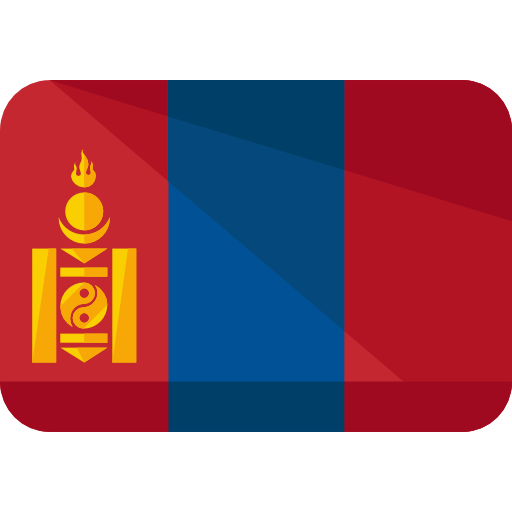Last time GoGo Travel took its’ readers to the westernmost Mongolia, Bayan-Ulgii. This time it’s the complete opposite, the easternmost province Sukhbaatar, land of heroes and good men. The name of the province comes from Sukhbaatar, national hero of Mongolia, who led the people’s revolution of 1921 and got the independence back from China. You’ll see a big statue of Sukhbaatar in the provincial centre Baruun-Urt town. The province borders with Dornogobi, Dornod and Kentii provinces; and shares 485km with PRC in the south, therefore, cross-border regional tourism is developing in Sukhbaatar in the recent years. The territory is elevated about 1100m above sea level with the highest point Mt. Shiliin Bogd sits at 1778m (terrain is mostly steppe with scattered extinct volcanoes, and has scarce rivers and lakes).
POPULATION & ETHNIC GROUPS: The population of the province is about 60 thousand (as of 2015) living in 13 soums (counties). And the main ethnic groups are Khalkha and Dariganga with minorities Uzemchin, Barga, Khuuchid, Uuld and Tsakhar Mongols.
PLACES TO VISIT & THINGS TO DO: Sukhbaatar is a favourite destination of the Mongols, especially, men. This is because of the sacred Mt. Shiliin Bogd, believed to be an auspicious place for men to revive their inner spirit. Shiliin Bogd is one of the 200 extinct volcanoes in the area, and legends say that “good men” of Mongolia (equivalent to Robin Hood in some ways) from far and near used to travel to take an oath at Shiliin Bogd for the “sacred deed” of robbing the rich and give to the poor. Still today, Mongol men’d climb the mountain, make prayers and offer drinks and food to the deity of the nature. Traditionally, women are not allowed to climb it.

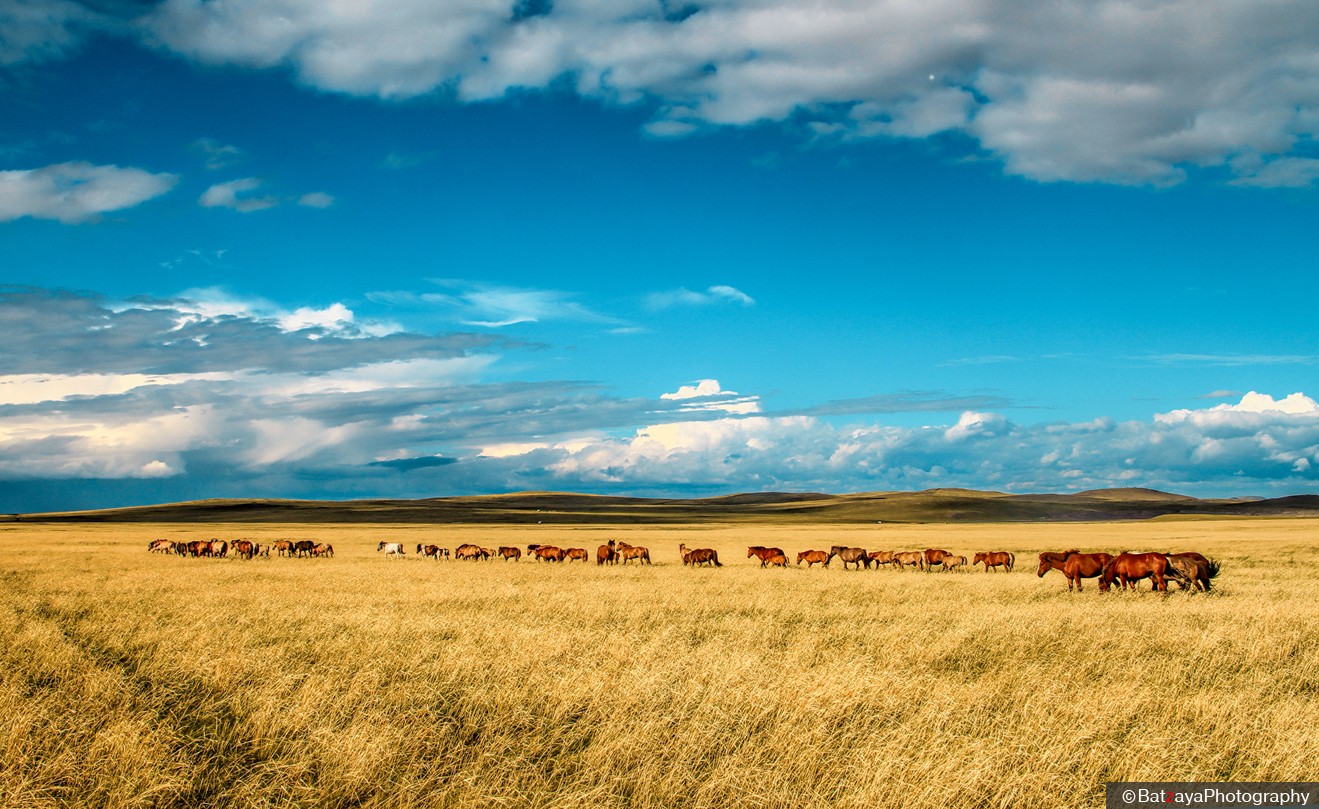
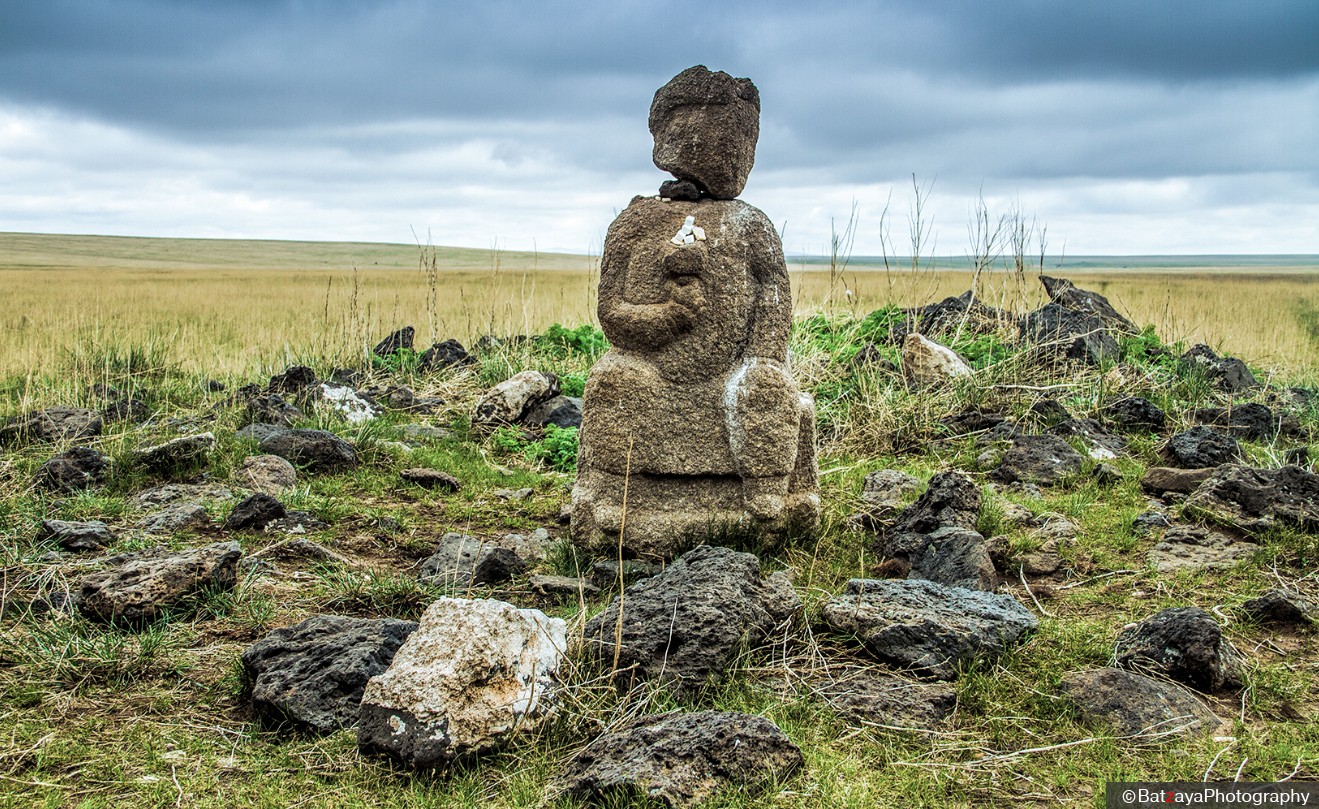
The first and most legendary “good man” was Toroi Bandi (1830s-1900s), a local hero. Born to a poor Tsakhar family in the 1830s, Toroi Bandi spent his life robbing “tax caravans” that carried loads of Mongolia’s gold, silver and jewels as tax for the Manchu Qing Dynasty. And there’s so many stories about his adventures and his fine horse. You may wish to visit his statue near the Lake Ganga and share some tea with him.
Despite being a small lake of only 4 sq.m in size, the Ganga Lake is famous among bird watchers. The Ganga is a freshwater lake and situated in the steppe along with a few other smaller lakes near Mt. Altan Ovoo and Moltsog sand dunes. The area was taken in state protection for the unique ecosystem of the Dariganga in 1990s, however, in the late years the bionetwork has been damaged greatly due to the global climate change and the fault of man such as mining.
Locals around Ganga Lake are the Dariganga ethnic people, who are well-known for being the finest silversmiths in Mongolia with their own distinctive “Dariganga style” of art. Ethnic groups in Sukhbaatar have somehow comparable culture, and we’d recommend travellers to enjoy a couple of days of nomadic family homestay for some authentic culture experiences.
Also Sukhbaatar is a wonderful place for horseback riding. The people of Sukhbaatar are well-known for breeding some of the finest horses in Mongolia, and there are many fabled horses that won the horse races of the Great Naadam Festival. It’s estimated that Sukhbaatar province has about 250 thousand horses.
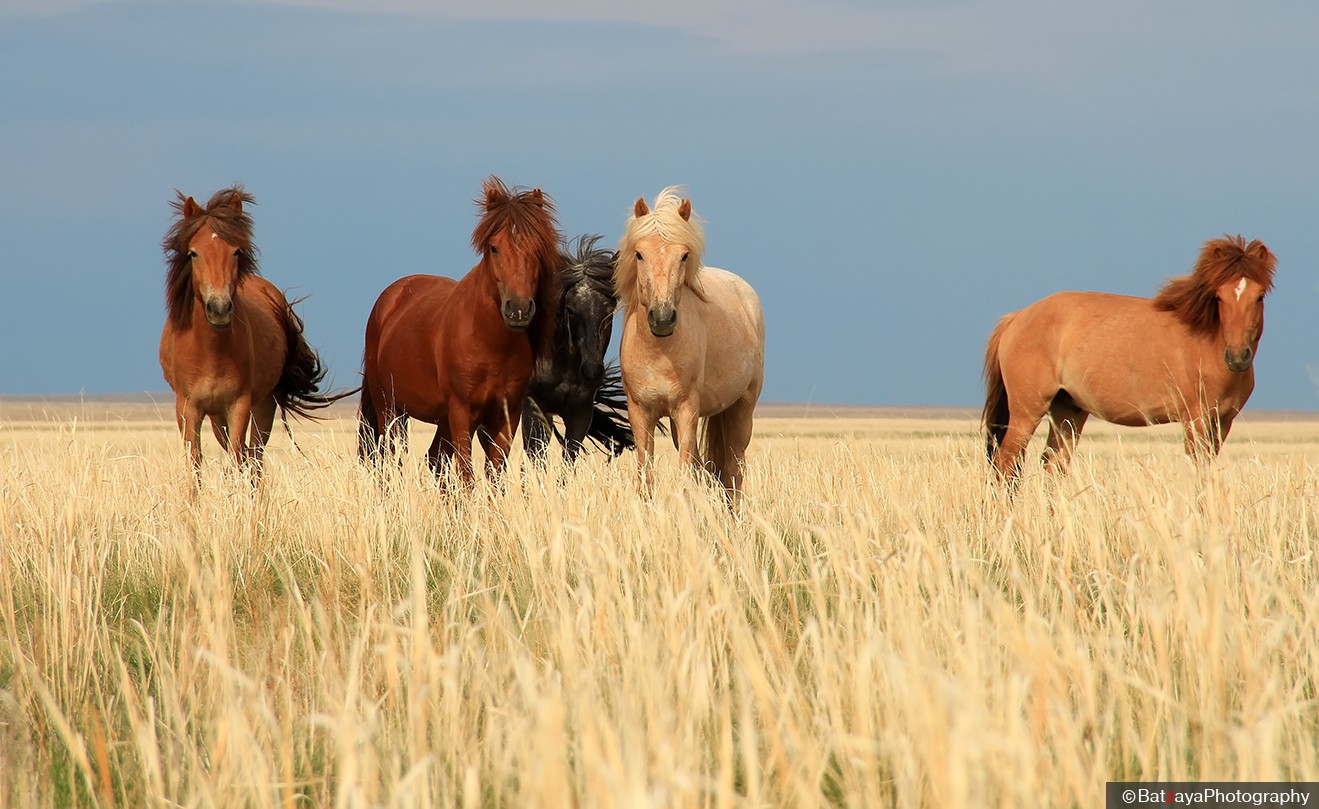
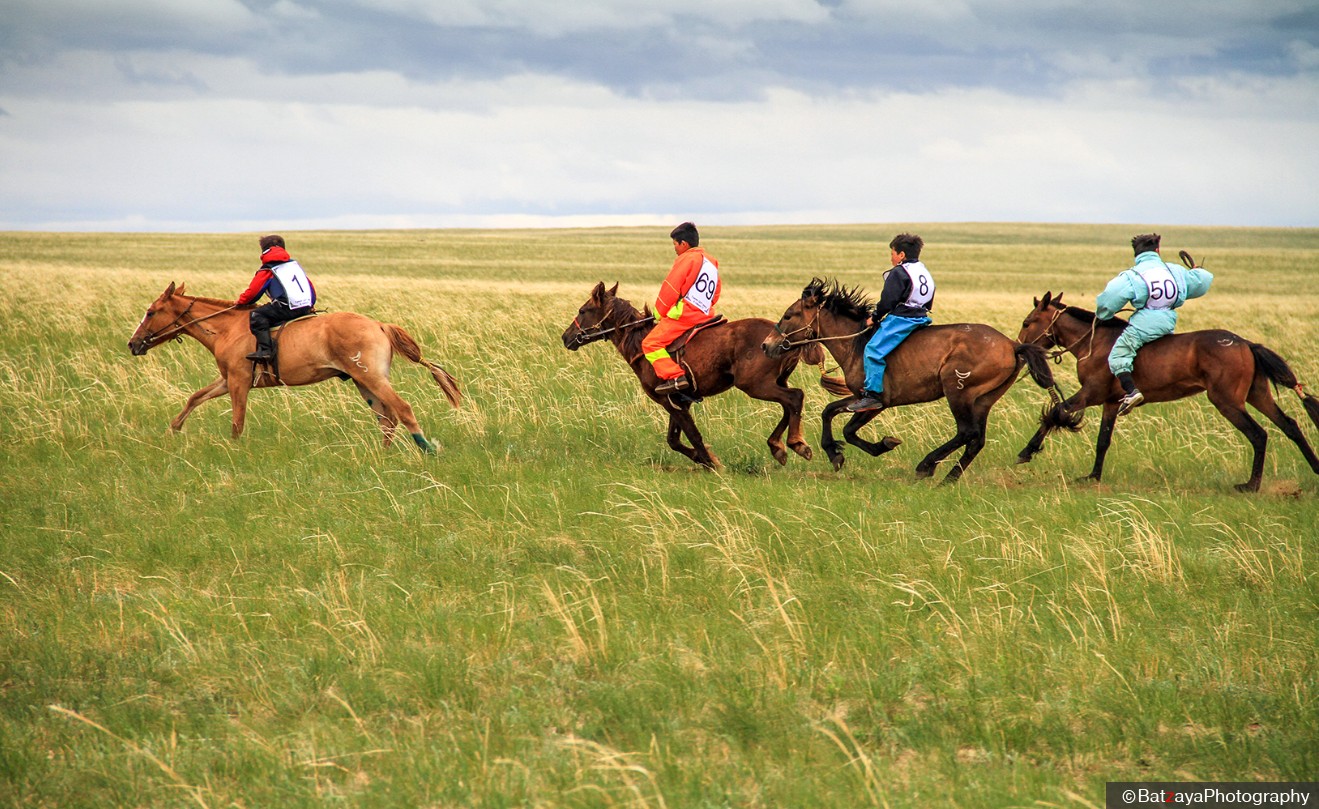
Many “balbals” or man stones are found across the steppes of Sukhbaatar, and some of them date back to the 5-6th century AD. Balbals in Sukhbaatar are considered to have a certain style and relatively well-preserved. Those interested in history can find numerous balbals in Khurgiin Khundii (Valley of Portraits).
Sukhbaatar offers a diverse landscape, there are a few sand dunes of Ongon and Moltsog Els. There are also several places, where petroglyphs of ancient forest, dinosaur remains are found. Situated at 14km in the north west of Mt. Shiliin Bogd is Taliin Agui (Steppe Cave), a cave created by volcanic traps, and is an interesting cave to visit with 3-4 separate caves interconnected with a long corridor of 200m.
EVENTS: local Naadam Festivals take place around 8-15 July annually, however, for 2016 these Naadams will take place after 15 July (as per the regulations related to the 11th ASEM). And travellers love watching Swan Gathering in the autumn at the Ganga Lake usually occures for a few days in late September – early October. Moreover, “Ganga Lake Ceremony” is organised in each September to showcase the best of the Dariganga culture and raise awareness on the vanishing ecosystem of the Ganga Lake.
BEST TIME TO VISIT: from late May till the middle of October for the milder days.
HOW TO GET THERE: there’s no flight opereting to Sukhbaatar so far. Hence, the only way to reach the province is by land. The centre Baruun-Urt is connected with new paved road (550km).
WHERE TO STAY: there are several hotels in Baruun-Urt town (Tansag Hotel, Ganga Hotel, Baruun-Urt Hotel, Erdenezaan Hotel etc), and a motel or two (mostly with no running water facilities) in most soums. There are a couple of Ger camps near Mt. Shiliin Bogd.
For a wonderful Sukhbaatar tours and travel experiences, please contact local Mongolian travel companies – some travel companies offer set group tours and some may tailor excellent tours especially for you and your loved ones.
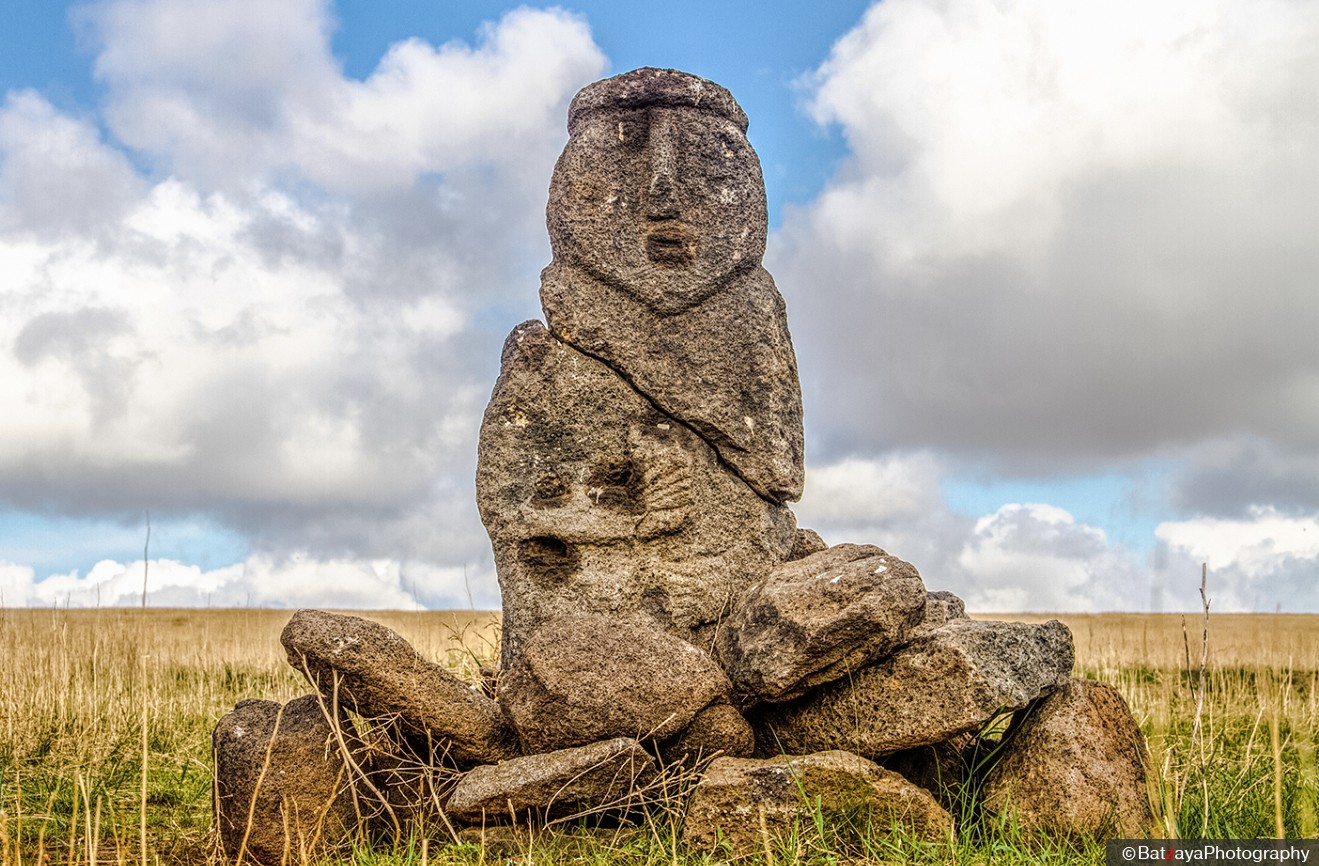
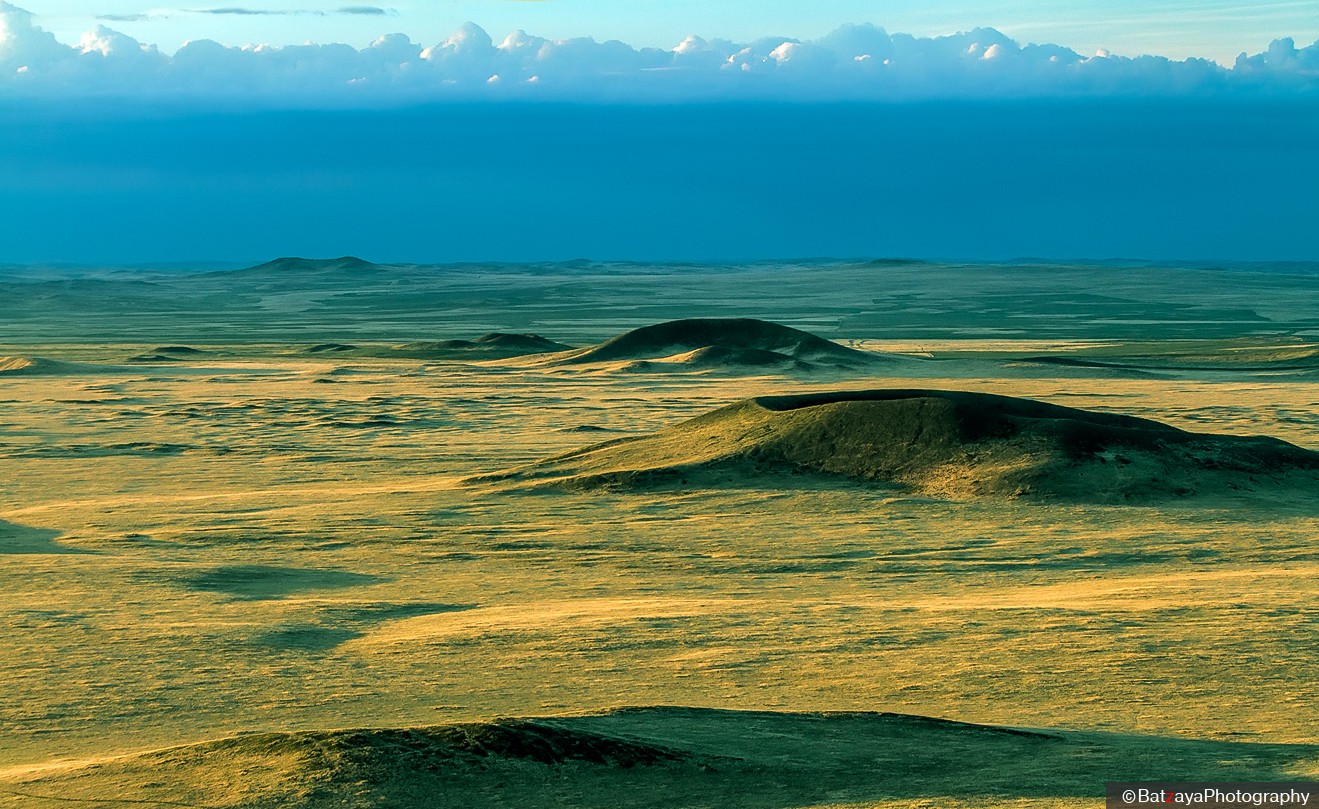
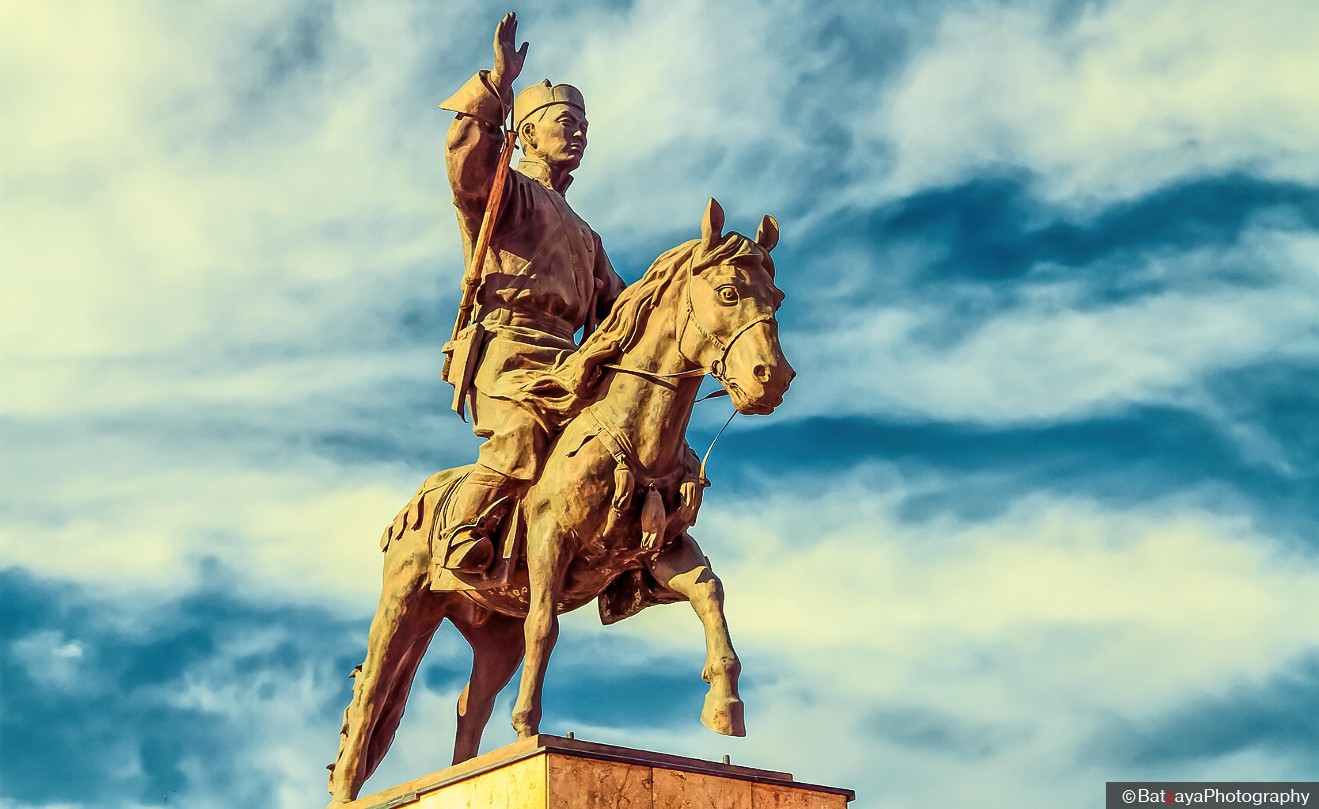
These beautiful photos of Sukhbaatar province are courtesy of Batzaya Photography tours. Thank you for your cooperation!
 Prepared exclusively for GoGo Travel by Zola
Prepared exclusively for GoGo Travel by Zola
(Co-founder of Premium Travel Mongolia LLC.
www.mongoliatravelmarket.com)
Copyright © 2016. All rights reserved.
Last time GoGo Travel took its’ readers to the westernmost Mongolia, Bayan-Ulgii. This time it’s the complete opposite, the easternmost province Sukhbaatar, land of heroes and good men. The name of the province comes from Sukhbaatar, national hero of Mongolia, who led the people’s revolution of 1921 and got the independence back from China. You’ll see a big statue of Sukhbaatar in the provincial centre Baruun-Urt town. The province borders with Dornogobi, Dornod and Kentii provinces; and shares 485km with PRC in the south, therefore, cross-border regional tourism is developing in Sukhbaatar in the recent years. The territory is elevated about 1100m above sea level with the highest point Mt. Shiliin Bogd sits at 1778m (terrain is mostly steppe with scattered extinct volcanoes, and has scarce rivers and lakes).
POPULATION & ETHNIC GROUPS: The population of the province is about 60 thousand (as of 2015) living in 13 soums (counties). And the main ethnic groups are Khalkha and Dariganga with minorities Uzemchin, Barga, Khuuchid, Uuld and Tsakhar Mongols.
PLACES TO VISIT & THINGS TO DO: Sukhbaatar is a favourite destination of the Mongols, especially, men. This is because of the sacred Mt. Shiliin Bogd, believed to be an auspicious place for men to revive their inner spirit. Shiliin Bogd is one of the 200 extinct volcanoes in the area, and legends say that “good men” of Mongolia (equivalent to Robin Hood in some ways) from far and near used to travel to take an oath at Shiliin Bogd for the “sacred deed” of robbing the rich and give to the poor. Still today, Mongol men’d climb the mountain, make prayers and offer drinks and food to the deity of the nature. Traditionally, women are not allowed to climb it.



The first and most legendary “good man” was Toroi Bandi (1830s-1900s), a local hero. Born to a poor Tsakhar family in the 1830s, Toroi Bandi spent his life robbing “tax caravans” that carried loads of Mongolia’s gold, silver and jewels as tax for the Manchu Qing Dynasty. And there’s so many stories about his adventures and his fine horse. You may wish to visit his statue near the Lake Ganga and share some tea with him.
Despite being a small lake of only 4 sq.m in size, the Ganga Lake is famous among bird watchers. The Ganga is a freshwater lake and situated in the steppe along with a few other smaller lakes near Mt. Altan Ovoo and Moltsog sand dunes. The area was taken in state protection for the unique ecosystem of the Dariganga in 1990s, however, in the late years the bionetwork has been damaged greatly due to the global climate change and the fault of man such as mining.
Locals around Ganga Lake are the Dariganga ethnic people, who are well-known for being the finest silversmiths in Mongolia with their own distinctive “Dariganga style” of art. Ethnic groups in Sukhbaatar have somehow comparable culture, and we’d recommend travellers to enjoy a couple of days of nomadic family homestay for some authentic culture experiences.
Also Sukhbaatar is a wonderful place for horseback riding. The people of Sukhbaatar are well-known for breeding some of the finest horses in Mongolia, and there are many fabled horses that won the horse races of the Great Naadam Festival. It’s estimated that Sukhbaatar province has about 250 thousand horses.


Many “balbals” or man stones are found across the steppes of Sukhbaatar, and some of them date back to the 5-6th century AD. Balbals in Sukhbaatar are considered to have a certain style and relatively well-preserved. Those interested in history can find numerous balbals in Khurgiin Khundii (Valley of Portraits).
Sukhbaatar offers a diverse landscape, there are a few sand dunes of Ongon and Moltsog Els. There are also several places, where petroglyphs of ancient forest, dinosaur remains are found. Situated at 14km in the north west of Mt. Shiliin Bogd is Taliin Agui (Steppe Cave), a cave created by volcanic traps, and is an interesting cave to visit with 3-4 separate caves interconnected with a long corridor of 200m.
EVENTS: local Naadam Festivals take place around 8-15 July annually, however, for 2016 these Naadams will take place after 15 July (as per the regulations related to the 11th ASEM). And travellers love watching Swan Gathering in the autumn at the Ganga Lake usually occures for a few days in late September – early October. Moreover, “Ganga Lake Ceremony” is organised in each September to showcase the best of the Dariganga culture and raise awareness on the vanishing ecosystem of the Ganga Lake.
BEST TIME TO VISIT: from late May till the middle of October for the milder days.
HOW TO GET THERE: there’s no flight opereting to Sukhbaatar so far. Hence, the only way to reach the province is by land. The centre Baruun-Urt is connected with new paved road (550km).
WHERE TO STAY: there are several hotels in Baruun-Urt town (Tansag Hotel, Ganga Hotel, Baruun-Urt Hotel, Erdenezaan Hotel etc), and a motel or two (mostly with no running water facilities) in most soums. There are a couple of Ger camps near Mt. Shiliin Bogd.
For a wonderful Sukhbaatar tours and travel experiences, please contact local Mongolian travel companies – some travel companies offer set group tours and some may tailor excellent tours especially for you and your loved ones.



These beautiful photos of Sukhbaatar province are courtesy of Batzaya Photography tours. Thank you for your cooperation!
 Prepared exclusively for GoGo Travel by Zola
Prepared exclusively for GoGo Travel by Zola
(Co-founder of Premium Travel Mongolia LLC.
www.mongoliatravelmarket.com)
Copyright © 2016. All rights reserved.

